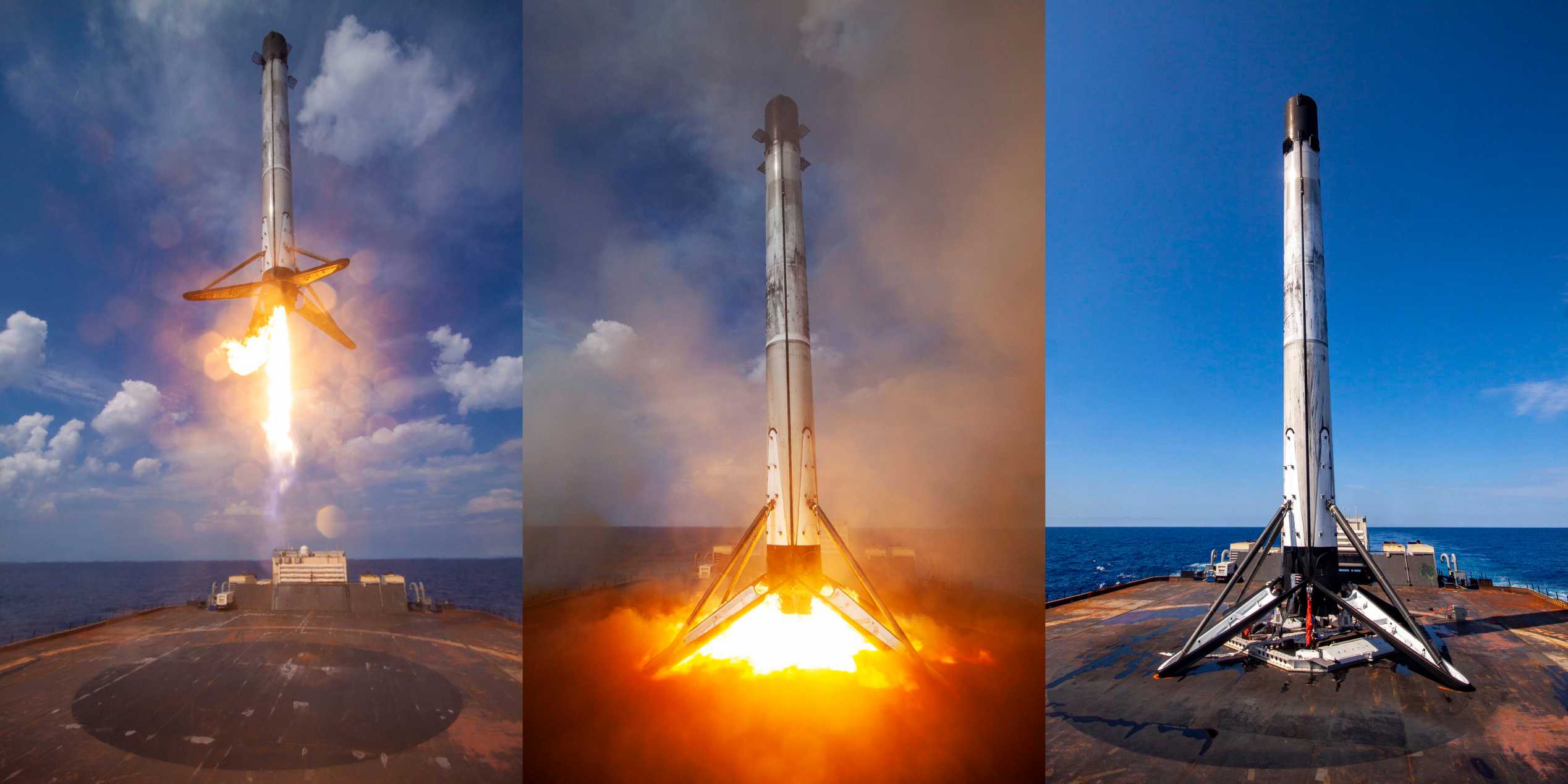
The Falcon 9 is a two-stage, medium-lift launch vehicle developed and manufactured by SpaceX. Designed for the reliable and safe transport of satellites and the Dragon spacecraft into orbit, it has become a cornerstone in modern space transportation.
Development and History
Initiated in 2005, the Falcon 9 project aimed to create a cost-effective and reusable rocket system. The inaugural flight took place on June 4, 2010, marking the beginning of a series of missions that would demonstrate the vehicle's versatility and reliability. Early missions included deploying Dragon cargo spacecraft to the International Space Station (ISS) under NASA's Commercial Resupply Services contract.
Design and Specifications
The Falcon 9 stands at 70 meters (230 feet) tall and has a diameter of 3.7 meters (12 feet). It utilizes liquid oxygen (LOX) and rocket-grade kerosene (RP-1) as propellants.
First Stage: Equipped with nine Merlin engines arranged in an "Octaweb" configuration, providing thrust at sea level. This stage is designed for reusability, featuring grid fins for atmospheric control and deployable landing legs for vertical landings.
Second Stage: Powered by a single Merlin Vacuum engine optimized for operations in the vacuum of space, delivering thrust. This stage is responsible for delivering payloads to their intended orbits.
Reusability and Landing Capabilities
A hallmark of the Falcon 9 is its reusability. The first stage is engineered to return to Earth post-launch, executing controlled landings either on autonomous drone ships at sea or designated landing zones on land. This capability has been demonstrated in numerous missions, significantly reducing the cost of access to space.
Notable Achievements
First Successful Landing: On December 21, 2015, a Falcon 9 first stage achieved a historic vertical landing at Cape Canaveral, showcasing the feasibility of reusable rocket technology.
Commercial Satellite Deployments: The Falcon 9 has been instrumental in deploying a variety of commercial satellites, including missions for Intelsat and Inmarsat, highlighting its adaptability for diverse payloads.
The Falcon 9's development and operational success have significantly influenced the aerospace industry, setting new standards for cost-effective and reusable launch vehicles.
Falcon 9 is a partially reusable, two-stage-to-orbit, medium-lift launch vehicle designed and manufactured in the United States by SpaceX. The first Falcon 9 launch was on June 4, 2010, and the first ..